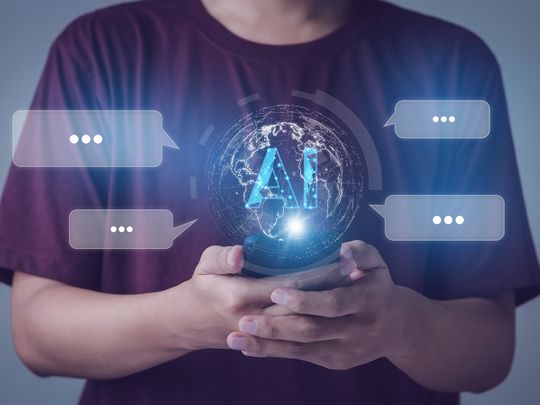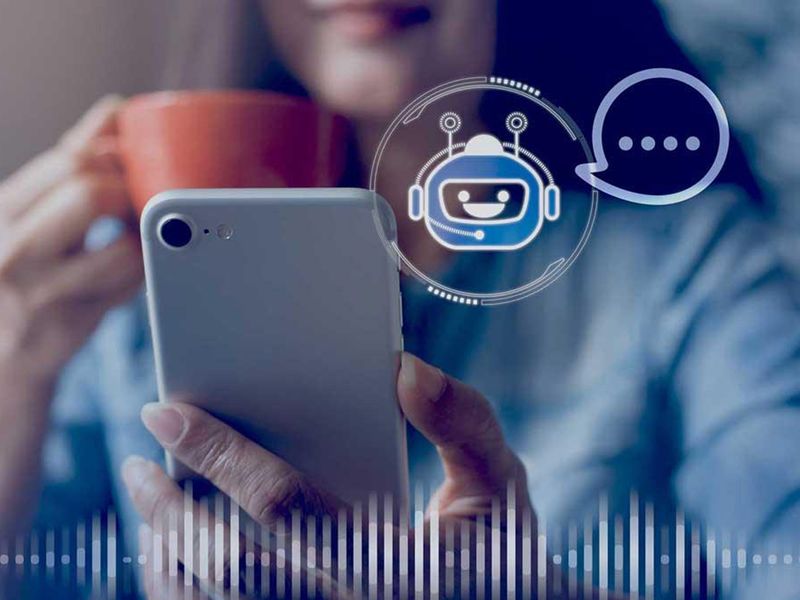
The internet cannot stop talking about the latest tool on the block -- ChatGPT -- a chatbot that allows users to ask any question, query or request. It then provides realtime answers, using artificial intelligence (AI). Not only are the replies accurate (in most cases), users can receive both technical and non-jargony responses.
Released by OpenAI, a research and deployment company, founded by Elon Musk and Sam Altman in 2015, the firm seeks to deploy artificial general intelligence for the benefit of all humanity.
In less than a week since the beta testing and evaluation version was rolled out, ChatGPT has taken the tech industry and internet by storm. It has crossed an astonishing 1 million subscribers in less than 7 days since its launch.
With ChatGPT’s application programming interface expected to come in a few months, what we know at this point is that the chatbot works by using machine learning algorithms to fully analyse and understand the meaning of text input, and then generate a highly accurate response based on that input.
Trained on large amounts of text data, patterns and structures of natural language, ChatGPT is capable of understanding human dialogue and generating detailed human-life text as if you were typing to a friend.

What exactly is ChatGPT?
So is this Google 2.0? Could it be a game-changer for businesses?
Frankly it is a little too early to tell. Designed to respond to natural language dialogue and provide answers to complex queries, ChatGPT indeed does appear like a next step in AI.
The fact that it is capable of understanding natural human language and generate impressively detailed human-like written text inspires both awe and fear.
Dubbed GPT (Generative Pre-Trained Transformer), this is text-generating AI at play.
Although Musk, who co-founded the firm with Altman, has since left OpenAI, he tweeted on Sunday that after he “learned” that OpenAI was accessing the platform’s database for “training”, he put a pause on it. “Need to understand more about governance structure [and] revenue plans going forward,” he said.
What works for ChatGPT is its conversational interface. In a statement, OpenAI said the new AI was created with a focus on ease of use. “The dialogue format makes it possible for ChatGPT to answer follow-up questions, admit its mistakes, challenge incorrect premises, and reject inappropriate requests."
What are ChatGPT’s features?
Many early users have hailed ChatGPT as Google 2.0. The chatbot provides descriptions, answers and solutions to complex questions including ways to write code, and solve complex layout problems and optimisation queries.
It can help write content for websites, answer customer inquiries, solve any math equations. What else can it do? Pretty much everything: Composing texts, helping in academic articles, literary texts, movie scripts, accurate translation between languages. It even assists (with a very high accuracy) in text summarisation and keyword detection too.
Could ChatGPT replace Google?
Not necessarily. ChatGPT is an (eerily smart) chatbot while Google is a search engine. May be at some point the tool helps undergraduate students write their papers more thoroughly and help programmers to solve coding challenges in a matter of seconds.
ChatGPT’s human-like written text is the next-level in technology and might be a future challenge to newsrooms. However, as with all AI, it is still early days and the technology lacks the nuance, critical-thinking skills or decision-making necessary.
There are also concerns that ChatGPT might present misinformation that appears “plausible-sounding but incorrect or nonsensical answers”, the company already warns.
OpenAI notes that it is tweaking the technology. Interesting times ahead.








